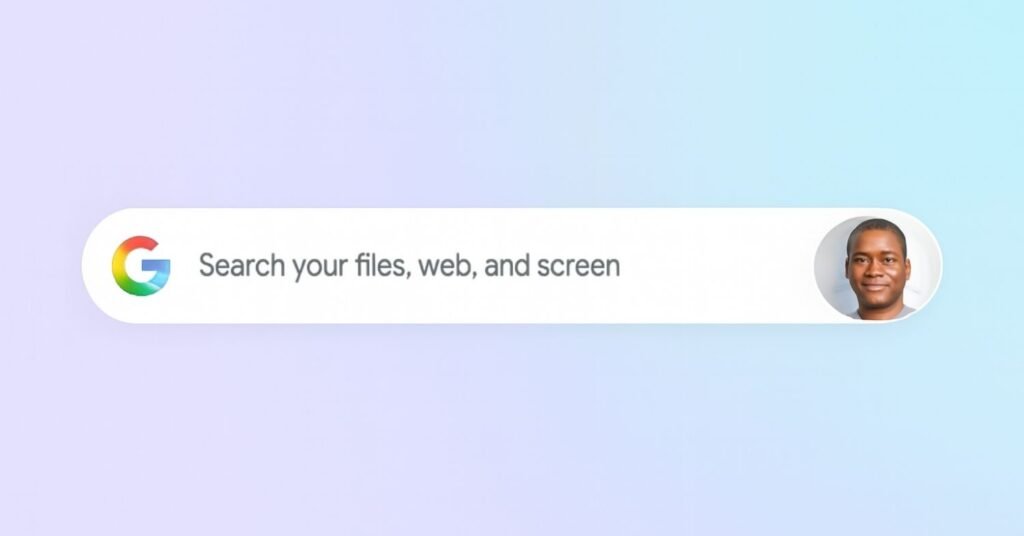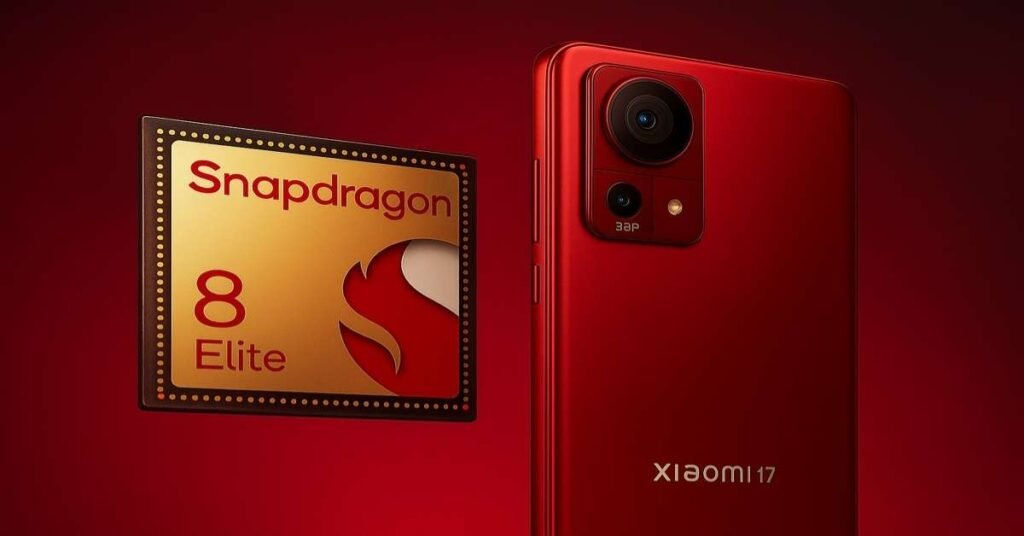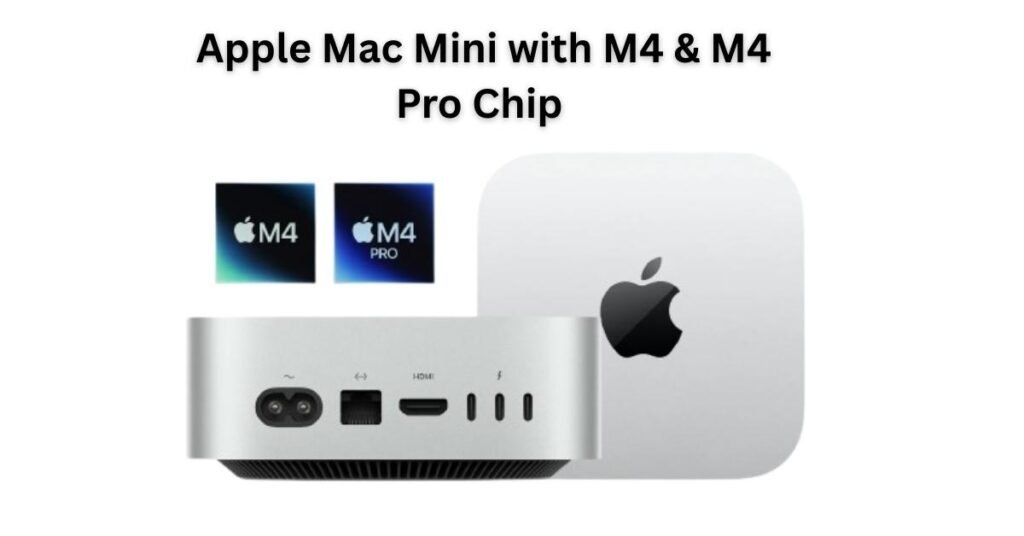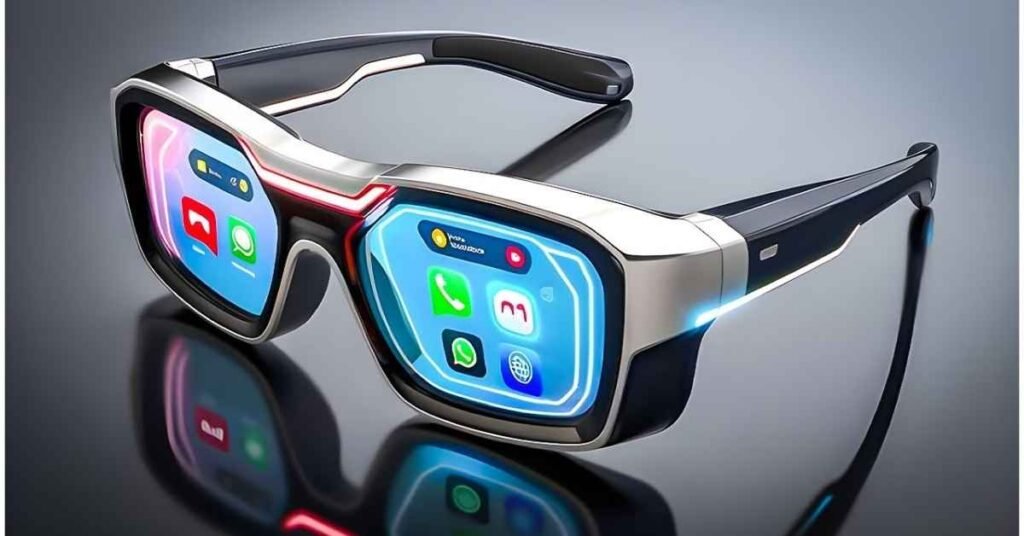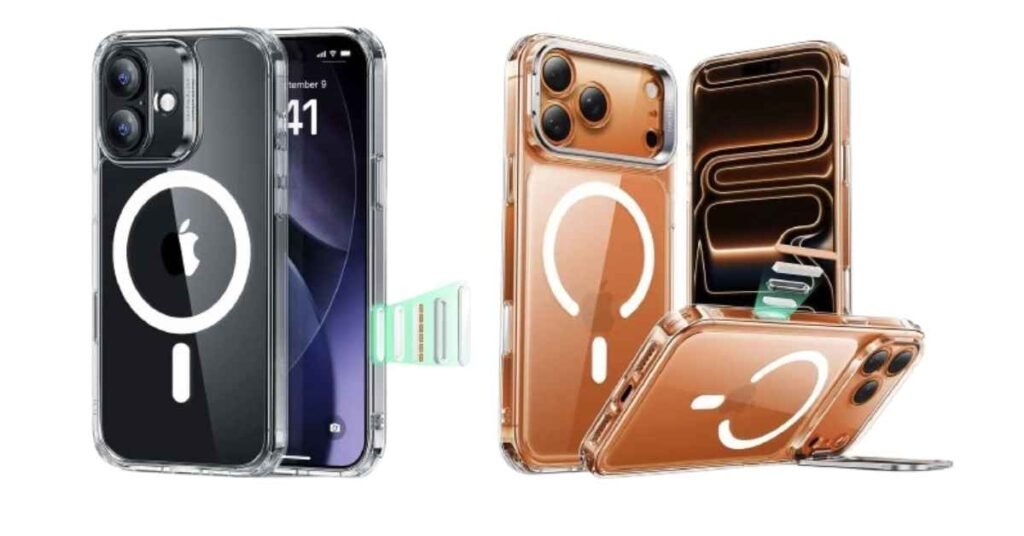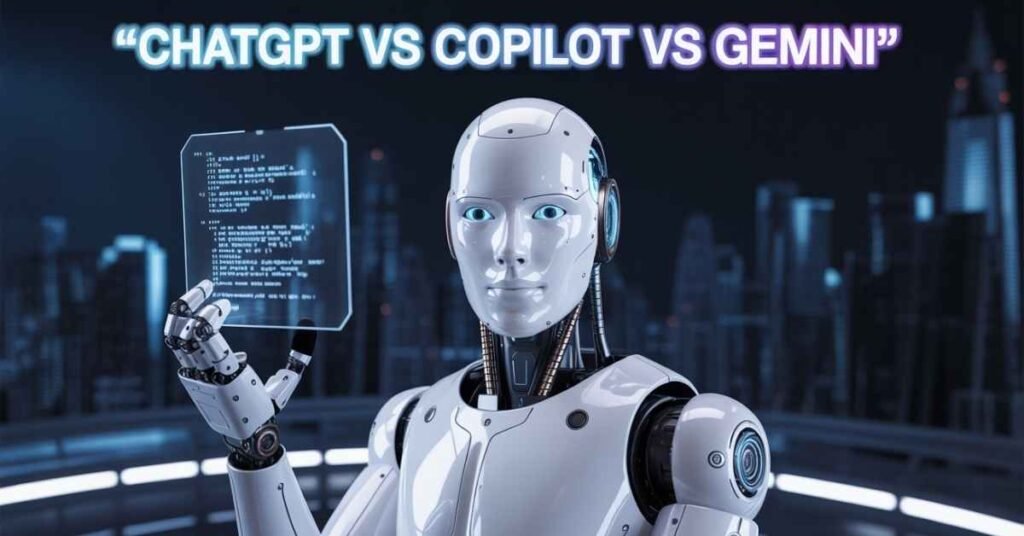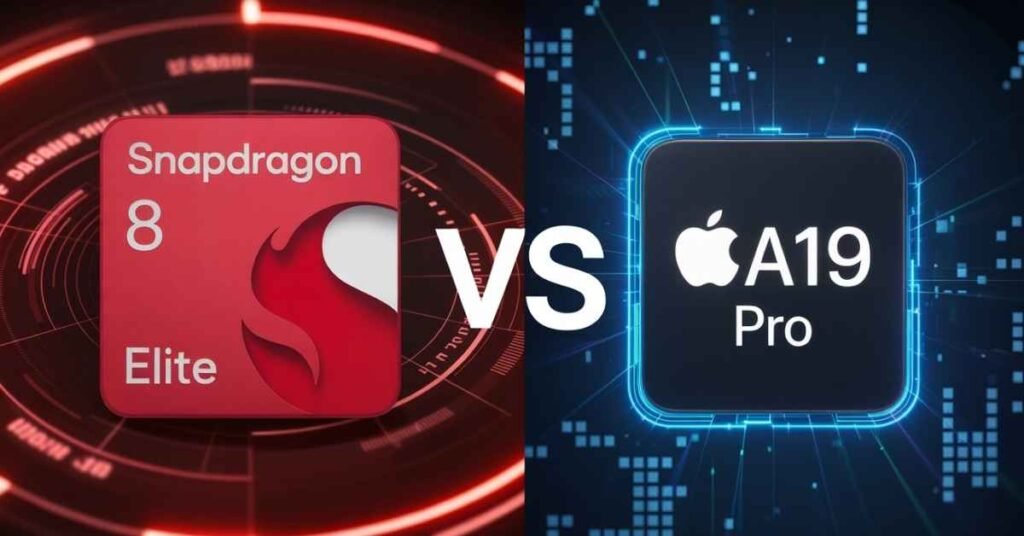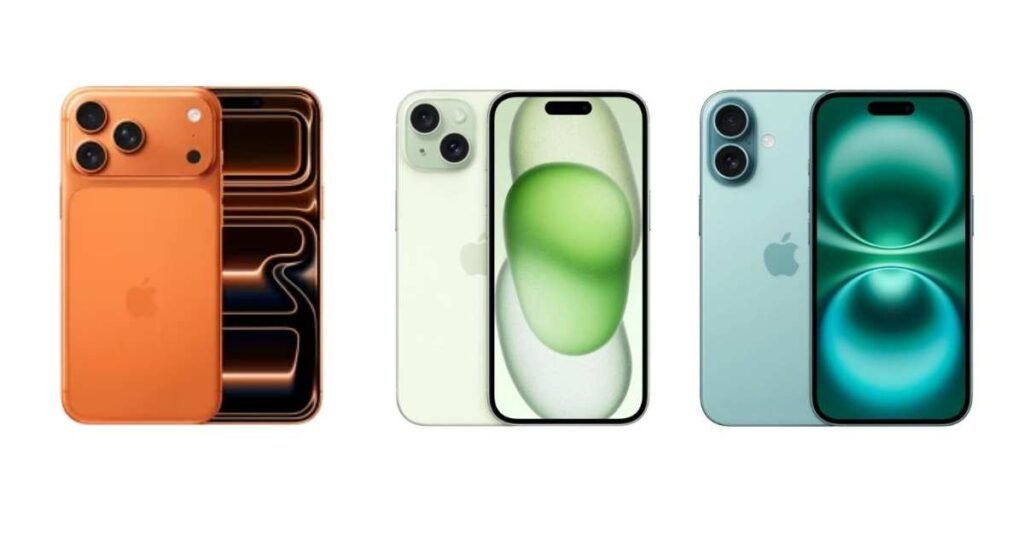Google’s New Windows Search App Is Smarter Than Spotlight — And It’s Just Getting Started
Google’s new experimental search app for Windows offers a unified search experience that combines local files, Google Drive, installed apps, and the web, positioning it as a powerful alternative to Mac’s Spotlight. The app, launched through Search Labs, is accessible via a simple Alt+Space shortcut and also features built-in Google Lens and an AI Mode. What Makes Google’s New Windows Search App Smarter Than Spotlight Google’s New Windows Search App outshines Apple’s Spotlight through its revolutionary Alt + Space shortcut system. Unlike Spotlight’s simple file finder capabilities, this Google software delivers instant overlay search without disrupting your current workflow. Press Alt + Space and immediately access your computer files, installed programs, Google Drive storage, and the entire web through one unified interface. The AI-powered intelligence sets this desktop app apart from traditional search systems. Integration with Google’s AI Mode provides detailed answers, comprehensive summaries, and intelligent suggestions directly within the search bar. This goes far beyond basic file discovery—it’s like having a virtual assistant built into your Windows operating system. PC users could finally find something through visual search with the integration of Google Lens. You can take a screenshot of whatever’s on your screen, translate foreign text in images, get help with homework by taking photos, and even figure out what things are. This image recognition tech will change the way you use visual content on your computer. READ ALSO: NVIDIA and Intel Are Building the AI Backbone of Tomorrow — From Superchips to Smarter Personal Devices Unified search across local files, cloud storage, and web content AI-powered responses with detailed explanations and context Visual search through Google Lens screen capture Overlay interface that preserves your current workflow How Google’s Search App Works on Windows This native program requires Windows 10 and newer versions to function properly. Currently available as an experimental feature through Google Labs in the US only, users need a personal Google Account to access the installation. The setup process involves signing in after downloading, making it exclusively available to individual Google profiles rather than Workspace environments. The floating interface design works seamlessly over any application without disrupting your current tasks. Whether you are gaming, writing documents, or browsing the web, the overlay appears instantly when needed. This approach eliminates the frustration of switching between multiple programs during your search activities. Multi-vector search architecture is behind the app’s extensive features. It searches the local files on your computer, Google Cloud Storage, and web content all in one box through a single app. It delivers the results that are relevant to you—and the ones you use most. Screenshotting is used to power Google Lens integration. You can take a snap of your desktop or input the snapshot for analysis. This visual search tool is directly tied to Google’s image recognition database and provides near-instantaneous access to relevant information that applies to what you’re looking at. Compatible with Windows 10 and all newer Microsoft operating systems Requires personal Google Account authentication for access Floating overlay design maintains workflow continuity Multi-source search across local and cloud environments Head-to-Head: Google App vs. Spotlight vs. Windows Search The speed test shows some pretty big wins for Google’s New Windows Search App. Launch times are about 0.3 seconds compared to Spotlight’s 0.5 seconds, and Windows Search’s commonly awaited 2-3 second lag time. The result returning process is almost immediate, so that the PC users can be recognized as soon as possible. Feature Google Windows App Spotlight (macOS) Windows Search Launch Speed 0.3 seconds 0.5 seconds 2-3 seconds Visual Search Google Lens Limited lookup None Cloud Integration Google Drive iCloud OneDrive AI Capabilities Gemini AI Mode Basic suggestions Minimal Web Search Full Google search Limited Bing integration The scope of searches is the biggest difference between platforms. Whilst the Windows search systems grapple with finding files and Spotlight restricts itself to local content, this Google application searches local files, Google cloud storage, websites, and installed apps all in one. The colorful zebra-derived approach.h The downside of the beautiful, comprehensive technique is that it needs multiple search engines. The visual search pros are very much in Google’s offer. Google Lens is way beyond that wack crap. Mac’s visual lookup sucks and blows Windows’ non-existent feature away. Users can analyze screenshots, translate text in images, search for objects or documents, and extract results through image recognition with high precision. Google’s cloud integration is our favorite aspect of Google’s ecosystem prowess. With native Google Drive and Dropbox access, you can instantly reference stored files in the cloud from any internet-connected device. Ironically, the competition forces you to rely on much lower quality video & audio previews via web browser connection with cloud storage. The user interface is so easy to use that users feel like they are working locally with directories on the PC desktop. Fastest launch and response times across all major platforms Most comprehensive search scope, including web and cloud content Superior visual search through advanced image recognition Seamless cloud storage integration with the Google ecosystem READ ALSO: Samsung’s One UI 8 Rollout Timeline Is Here — And Older Galaxy Phones May Be Left Behind Beyond Basic Search: Unique Features That Set Google Apart Multimodal AI combined with desktop search technology is the most exciting development. Furious application of the Gemini AI Mode and Google Lens in the apps is giving you everyday workflows that feel like they’re from two years in the future. Users are able to pose complex questions and get comprehensive, contextual answers in a single-screen display without opening or switching from their web browser. Your computer will see, listen, and understand you with a screen-aware intelligence. The visual search feature can take screenshots of the desktop or scan with an uploaded picture for immediate results. This function goes beyond basic identification of objects to text extraction, translation, and educational aid. Subsequent conversations provide natural, local search-like behavior. Unlike conventional search systems, which treat each question independently, Google’s system has a memory and can keep the conversation in context. Facilities
